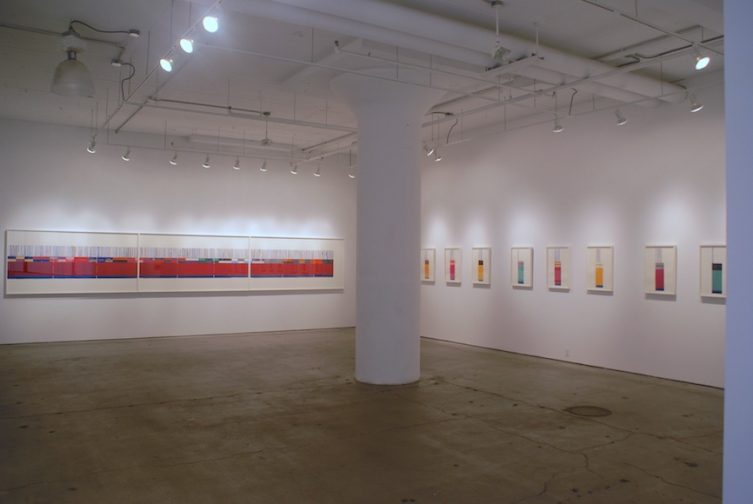
Solo exhibition by Christopher Haun
Installation view
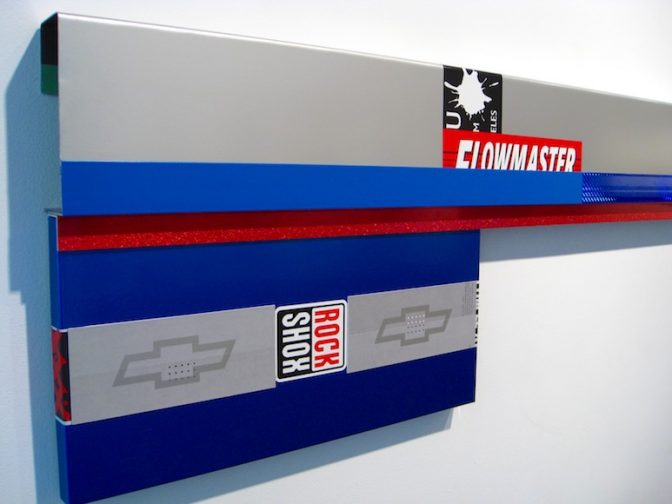
Solo exhibition by Christopher Haun
Installation view
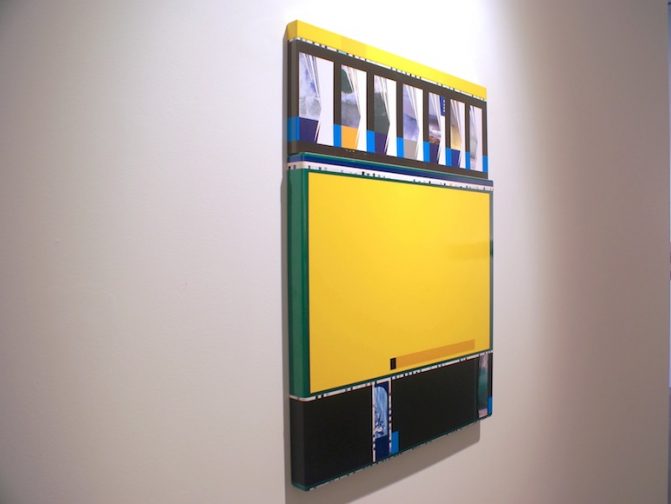
Solo exhibition by Christopher Haun
Installation view
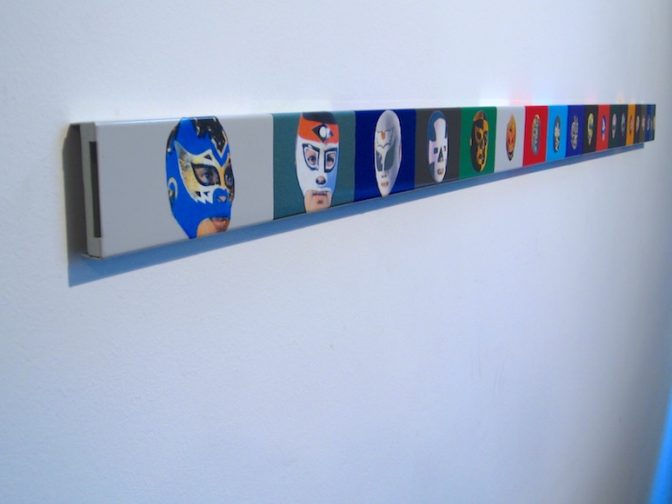
Solo exhibition by Christopher Haun
Installation view
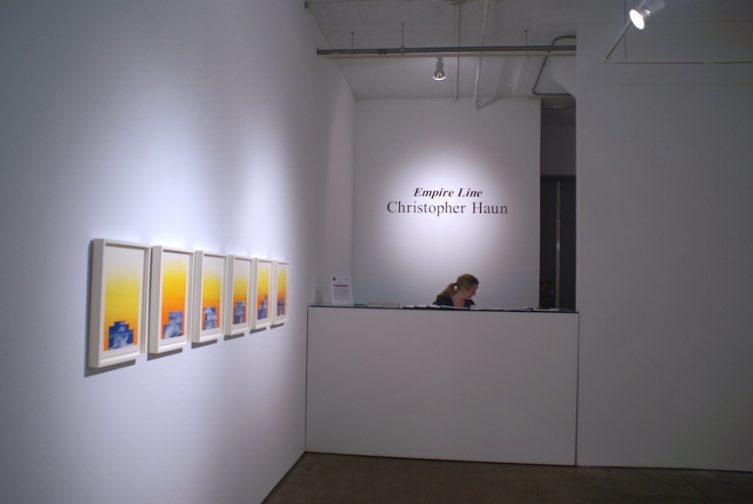
Solo exhibition by Christopher Haun
Installation view
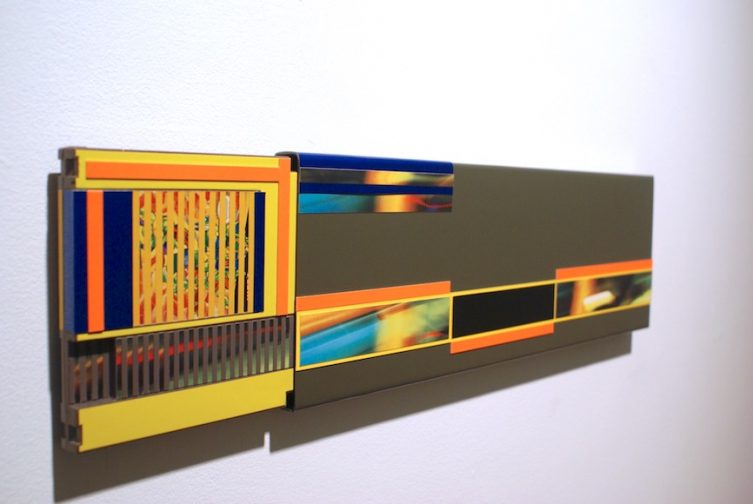
Solo exhibition by Christopher Haun
Installation view
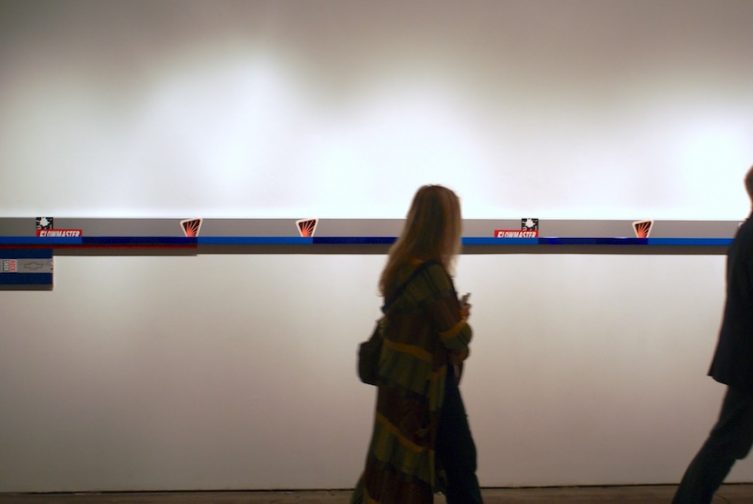
Solo exhibition by Christopher Haun
Installation view
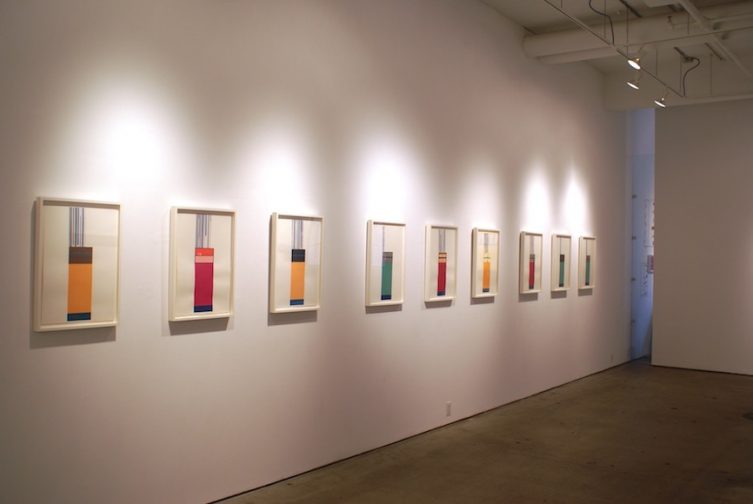
Solo exhibition by Christopher Haun
Installation view
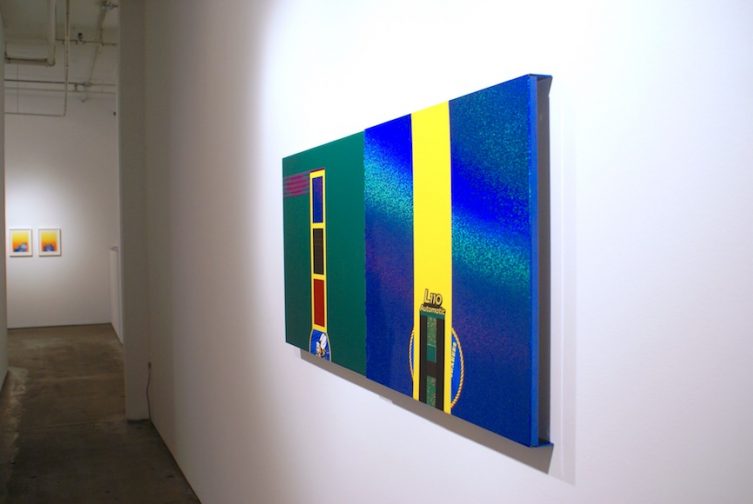
Solo exhibition by Christopher Haun
Installation view
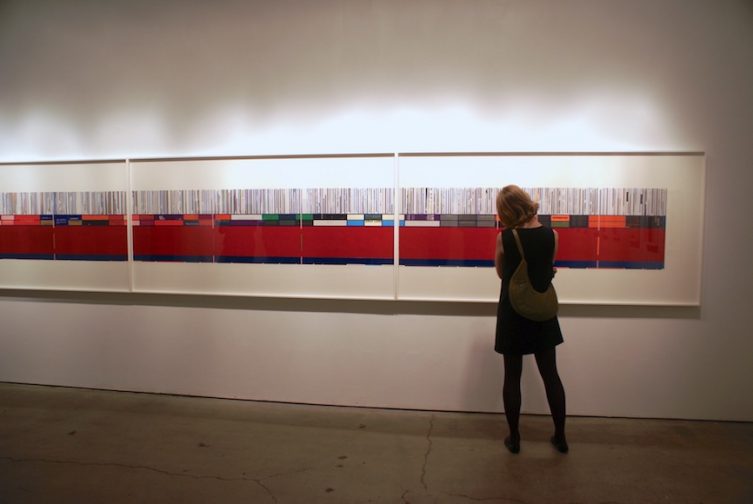
Solo exhibition by Christopher Haun
Installation view
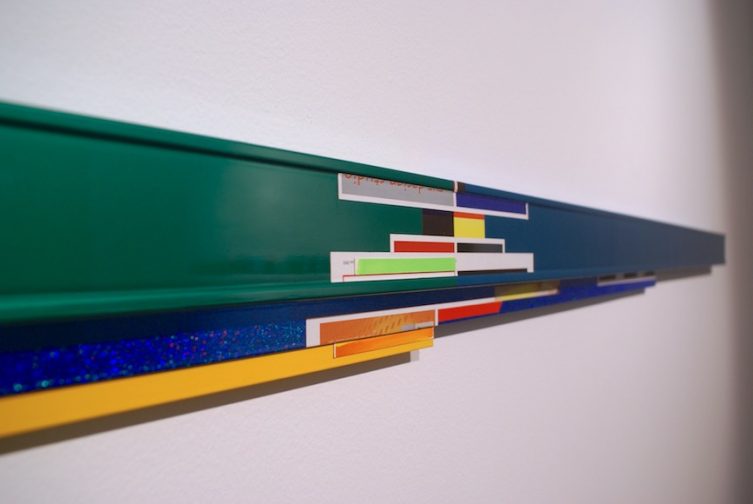
Solo exhibition by Christopher Haun
Installation view
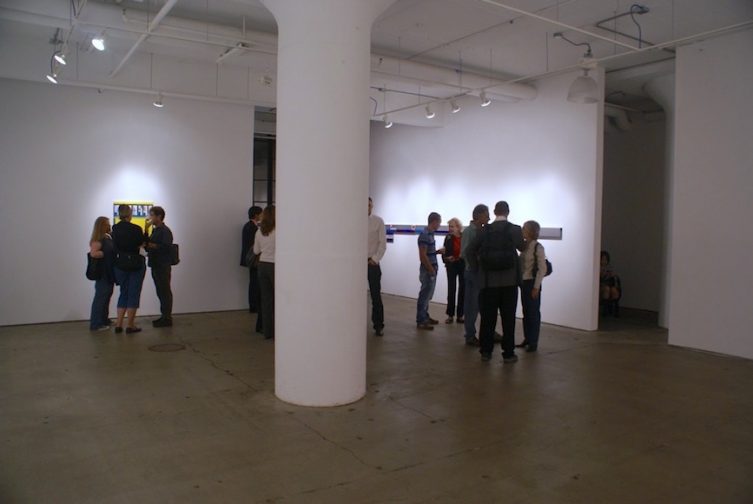
Solo exhibition by Christopher Haun
Installation view
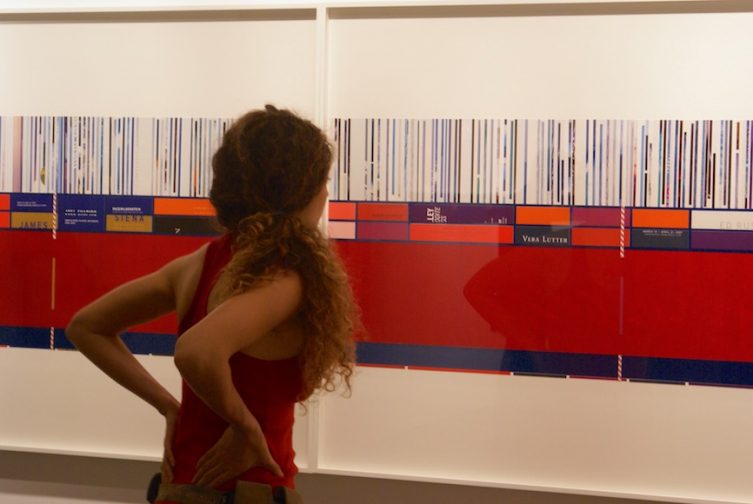
Solo exhibition by Christopher Haun
Installation view
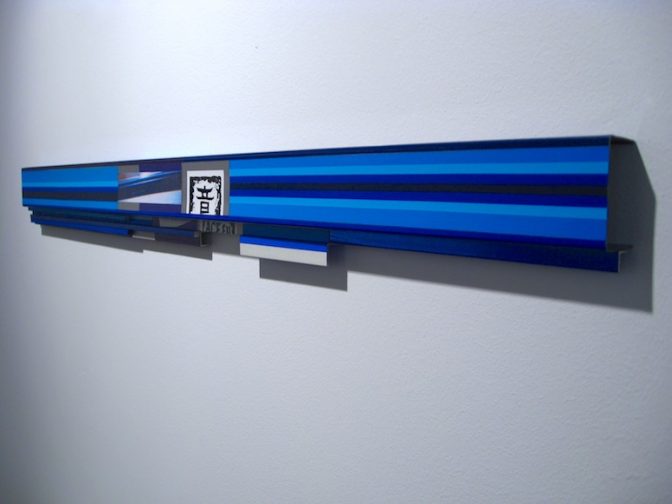
Solo exhibition by Christopher Haun
Installation view
ZONE:Chelsea Center Center for the Arts is delighted to announce a major exhibition of new work by Christopher Haun. This is his first solo exhibition since joining the gallery.
Christopher Haun explores the historically fertile borderline between abstraction and landscape, building on his intimate familiarity with two uniquely American regions, the Hudson River and the California coast. The title of the exhibition, Empire Line, derives from Haun’s recent series based on his commuting experience on Amtrak’s eponymous train service. From his train car, Haun watches the same majestic panorama of a quintessential American landscape that inspired the nation’s first great art movement, the Hudson River School. Haun distills this sense of continuity – the temporal as well as spatial fluidity of the Hudson — in his wide, narrow-format images. Empire Line, AM, West View, 2007abstracts the riverside view, playing a broad band of magenta against the broken rhythm of multitude of rectangles and vertical strips.
Haun’s background as an architectural draftsman is evident in his meticulous craftsmanship, giving Precisionist clarity of Charles Sheeler to a Romantic subject. Haun’s materials and method underscore the complexity of his approach. He has an affinity for Pop Art, most readily seen in his colorful collages that are comprised of a variety of everyday paper materials. He constructs his tightly controlled zips of landscape from collage elements which have strong personal associations — surfing magazines, a testament to his passion for the sport, and gallery invitation cards for artists he admires. In some works, vibrantly colored steel, aluminum and vinyl add to the dialogue between nature and commercialization, a theme explored by the Hudson River School painters as well as Pop Artists.
The landscape genre is intrinsically Romantic, and painterly looseness is often considered part of that paradigm. But Haun’s passion for nature is distilled into precise diagrams of moments in time. Intimations of personal history add subtle layers of meaning to the visually cogent compositions of this elegant draftsman and colorist.
Christopher Haun
Empire Line
October 18 – November 24, 2007
Opening Reception
6-8PM, Thursday October 18, 2007
Christopher Haun explores the historically fertile borderline between abstraction and landscape, building on his intimate familiarity with two uniquely American Regions the Hudson River and the California coast. The title of the exhibition, Empire Line, derives from Haun’s recent series based on his commuting experience on Amtrak’s eponymous train service. The “Empire Line” train travels along the eastern side of the Hudson River where the tracks wind along the riverbank literally at the edge of the water. With its source in the Adirondack Mountains, the Hudson River flows through the rolling hills of upstate New York past bucolic small town America and into the hustling hub of Manhattan.
From his train car, Haun watches the same majestic panorama of a quintessential American landscape that inspired the nation’s first great art movement, the Hudson River School. A two-hour video record of this streaming Whistlerian landscape seen through the train window is on view in the gallery. Haun distills that sense of continuity—the temporal as well as spatial fluidity of the Hudson—in his wide, narrow-format images. Empire Line, AM, West View, 2007abstracts the riverside view, playing a broad band of magenta against the broken rhythm of multitude of rectangles and vertical strips. The streamlined shapes evoke not only the river, but also the design of the train cars, with their ribbons of windows and decorative stripes.
Haun’s background as an architectural draftsman is evident in his meticulous craftsmanship, giving Precisionist clarity of Charles Sheeler to a Romantic subject. Haun’s materials and method underscore the complexity of his approach. He has an affinity for Pop Art, most readily seen in his colorful collages that are comprised of a variety of everyday paper materials. He constructs his tightly controlled zips of landscape from collage elements which have strong personal associations—surfing magazines, a testament to his passion for the sport, and gallery invitation cards for artists he admires. Although shredded and cut into precise geometric forms, vestiges of text survive in these mementos. The sharp rectangles and shapes cut from these materials Haun primarily uses as the colors in his palette. In some works, vibrantly colored steel, aluminum and vinyl add to the dialogue between nature and commercialization, a theme explored by the Hudson River School painters as well as Pop Artists.
Haun investigates the layering of compositional elements in vertical as well as horizontal format. His passion for surfing leads to meditations focusing on how the individual responds to waves as vertical phenomena. He explains: “My body is no longer heavy, but light and buoyant. In the water, I literally experience a great weight being lifted, envisioning a huge burden lifted from spirit.” This is the dynamic at work in Haun’s Spray series, in which triple, overlapping rectangles of blue wave rise into diffuse yellow acrylic skies. More abstract images center on blocks of paint-and-collage in columns of intense, sometimes acidic color. Some of these are oriented vertically while some are arranged horizontally. The play of shape and color suggests Josef Albers, “Homage to the Square,” Pop Art and even a harder-edged Mark Rothko, but Haun’s pictures are also a record of his daily experiences, tastes and interests.
The landscape genre is intrinsically Romantic, and painterly looseness is often considered part of that paradigm. But Haun’s passion for nature is distilled into precise diagrams of moments in time. Intimations of personal history add subtle layers of meaning to the visually cogent compositions of this elegant draftsman and colorist.
Dr. Jennifer Baahng
Surfing waves is like making art. It is a meditation. It is tuning in to the rhythms of the earth, the moon, and the planets. It is beach culture and surf culture, slick and quick, slow and mellow. Returning to oneness, returning to nature is our destiny. In my daily practice, I return to nature. Going to the water’s edge and immersing myself in the womblike body of water that is the ocean, my body is no longer heavy, but light and buoyant. In the water, I literally experience a great weight lifted, envisioning a huge burden lifted from my spirit. Riding the rhythmic pulse of nature, mine is an emotional connection to the wave riding experience. In surfing as in art making, creative carving and slicing are a visceral expression of my spirit and my body. Intuitive and primordial, water is from where we came. We are water. Flowing and ebbing, forever-mutable liquid forms, capable of various forms- gaseous or solid. Moving in fast and slow motion, with opaque and transparent surfaces, with both shallowness and great depth, water is both the elixir of life and a vehicle for calming our spirit.
Christopher Haun
Categories: exhibitions